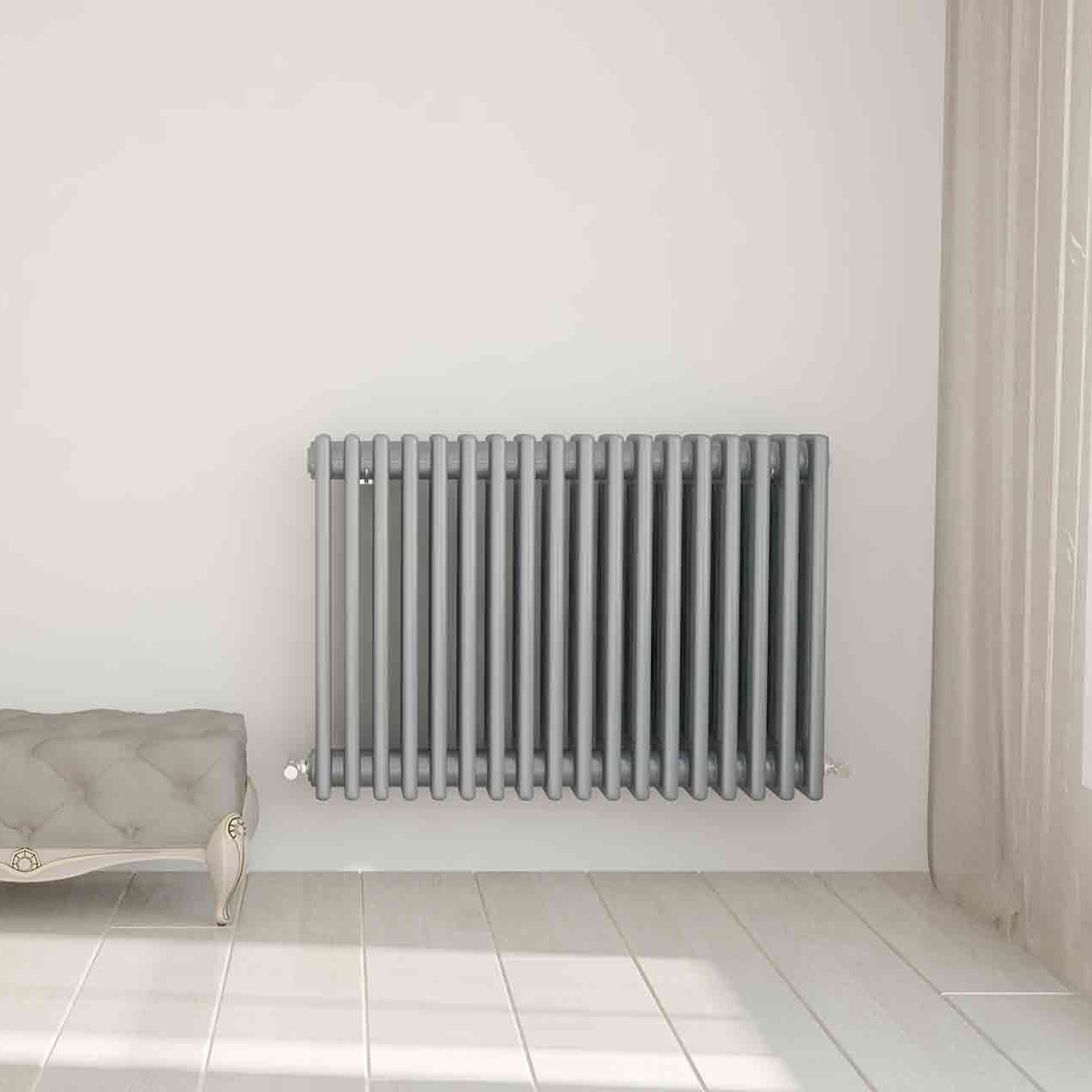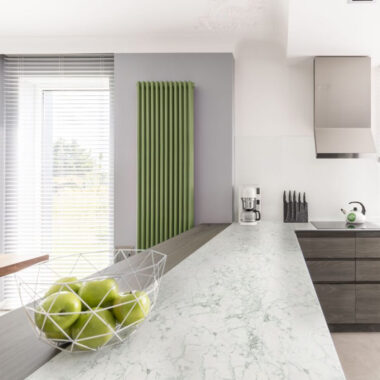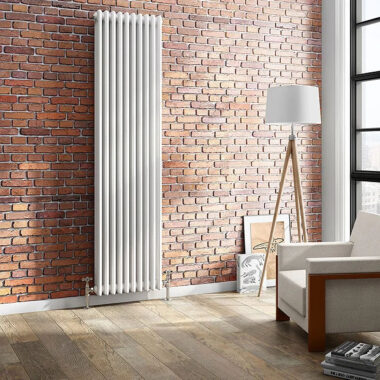When installing or replacing radiators, it’s important to know what heat capacity you need for the spaces you’ll be heating. All radiators have a BTU measurement, but what does it mean? Follow our guide to find out how to calculate the correct BTU for any room in your house.
What does BTU stand for?
To begin with, it’s probably best to break down what BTU actually stands for. BTU is an abbreviation for ’British Thermal Unit’. One BTU is equal to 1055 joules which is the amount of energy required to heat 1lb of water by 1°F
The higher the BTU number, the higher the heating power – meaning a higher BTU radiator will be able to heat a smaller space more quickly than a lower BTU radiator, or warm a bigger space in the same amount of time.
What is BTU?
BTU output is essentially the measurement we use for how much heat is needed to keep a specific room in your house warm. But what does this mean in relation to your heating, the rooms in your house and what radiator you should purchase? Breaking it down to basics, the higher the BTU output, the higher the heat output of a radiator. Therefore, the higher the BTU calculation of your room, the higher the BTU you will need from a radiator to match this.
A great example is the BTU required for a bathroom vs a living room. A bathroom is generally smaller than your living room and so will require a lower BTU output. Because you don’t generally need your bathroom to be heated at a consistent rate, the BTU tends to be lower as the radiators in your bathroom are more for the purpose of warming towels than turning your bathroom into a sauna. That’s why the bathroom radiators we supply have a lower range in BTU, typically between 500 and 4000 for towel radiators and ladder radiators.
How to calculate BTU for a room
Although the information required in order to calculate BTU might vary, there are some things that are absolutely necessary even for the simplest of BTU calculations. For a more accurate measurement you’ll need to factor in the following:
- Room dimensions including ceiling height
- Number of windows in the room
- Size of windows
- Type of window and/or glazing (single or double)
- Number of walls on the outside of the building
- Outside wall material
- What is above and below the room The temperature that you want to heat the room to
When it comes to a radiator room size calculator, there’s a manual calculation you can do that will help you reach a pretty accurate figure. Follow these steps: Step 1 – Measure the volume of the room in cubic feet
Step 2 – Multiply the cubic feet by the following
Lounges and dining rooms – multiply cubic feet 5
Bedrooms – multiply cubic feet by 4
Common areas and kitchens – multiply cubic feet by 3
Step 3 – Factor in any additional heat loss
Room facing North – add 15%
French windows – Add 20%
Double glazing – Deduct 10%
Step 4 – The result The above radiator BTU calculator will provide you with an estimated heat output that you’ll need for each room. These calculations are approximate, then you can use
Once you know how many BTUs you’ll need to heat a room, you can choose the radiators that will be able to provide that level of heating. If it’s a large room then you can combine two or more radiators to achieve the BTU level needed.




